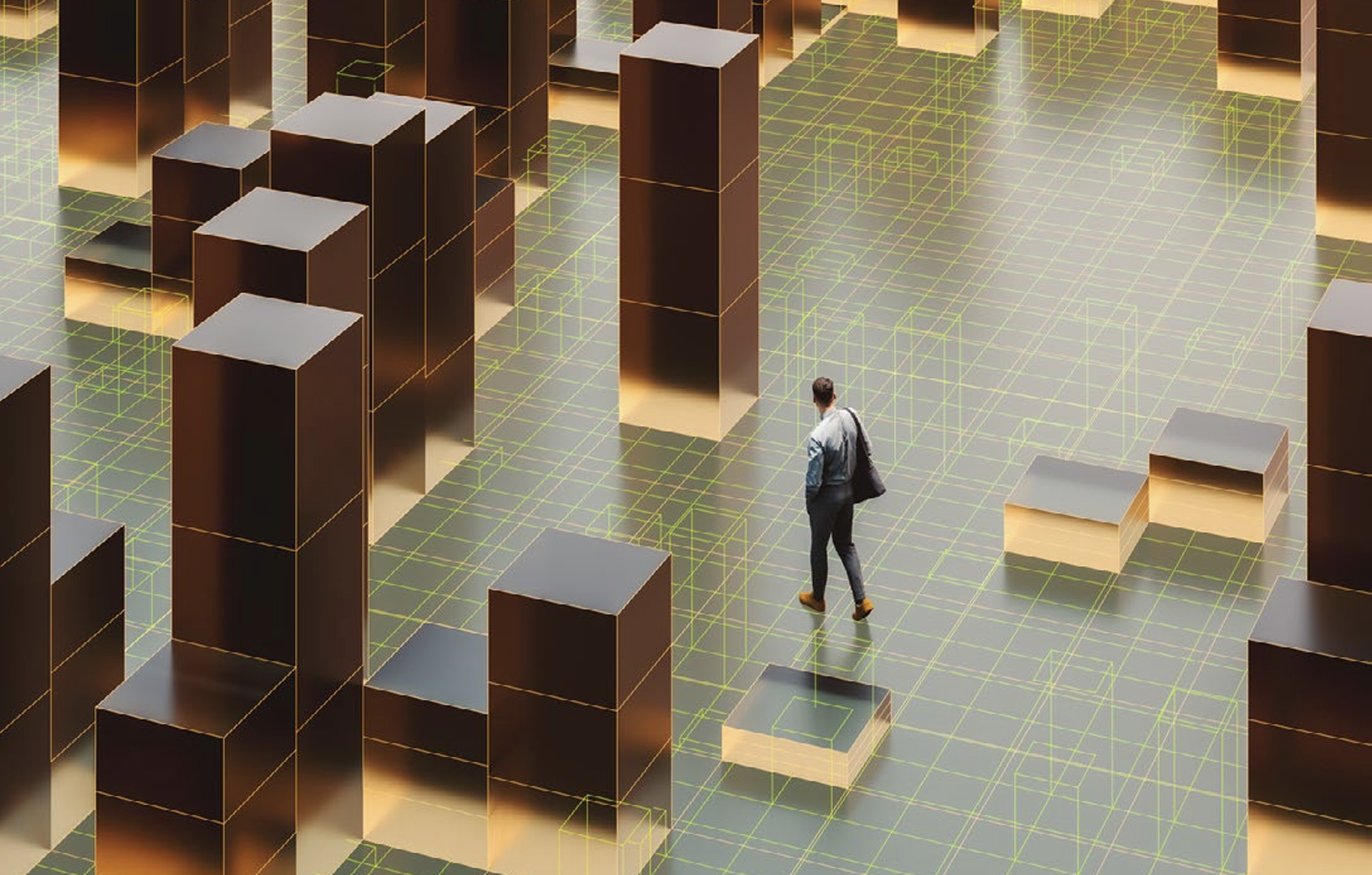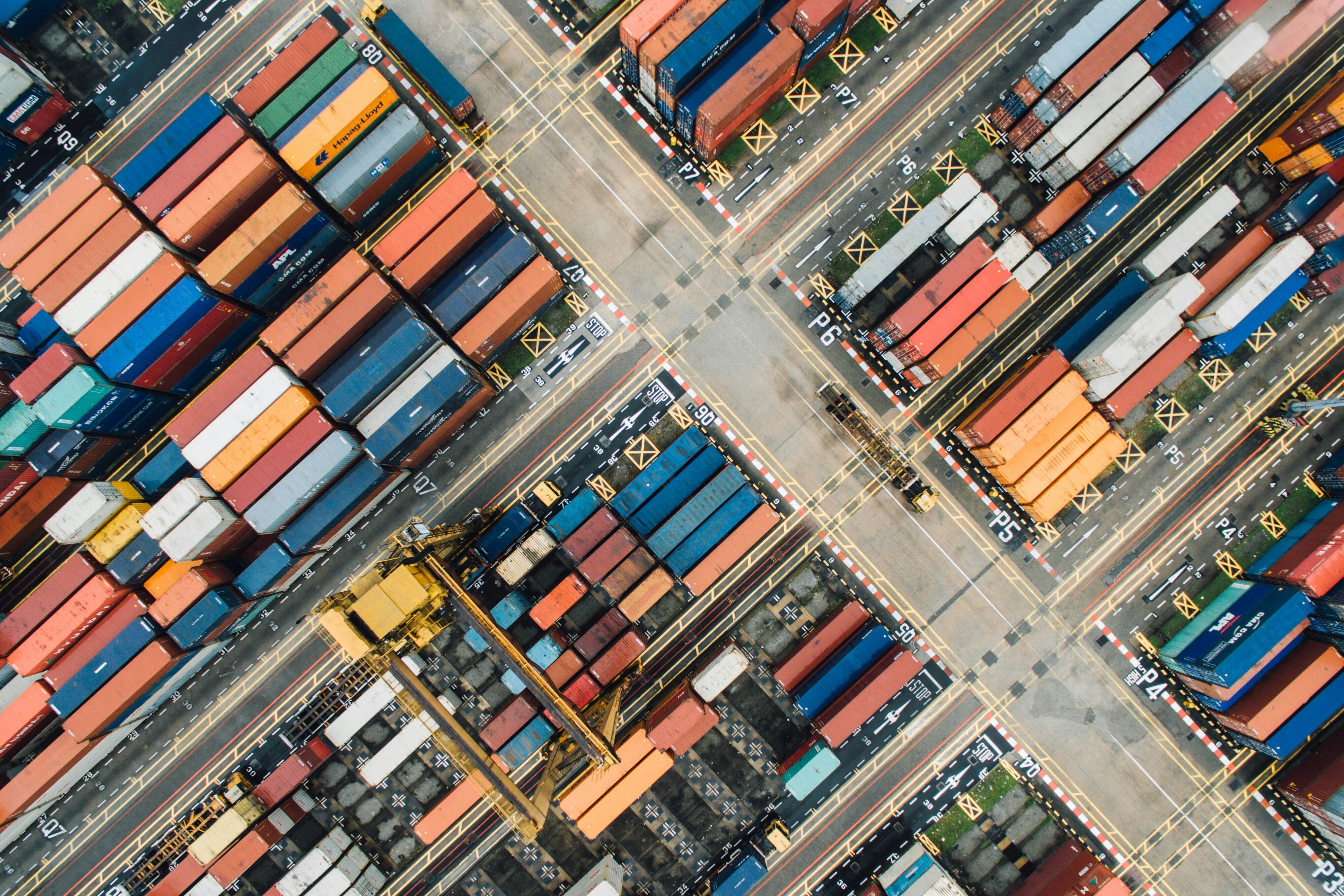These four technologies will shape the creative economy - for better or worse

Disruptive technologies like VR are here to stay. But what effect will they have on society?
Image: REUTERS/Eric Gaillard
Stay up to date:
The Digital Economy
Almost a decade ago, Jonathan Zittrain, a Harvard professor, warned us that the internet may go in one of two directions.
The favourable outcome, he describes, is a system where ownership of content is decentralized and individuals are free to generate their own content. The alternative, Zittrain warned, is that we may be headed towards a closed system in which the means of production of content would be concentrated within the hands of just a few big players, effectively limiting the power of individuals both socioeconomically and politically.
Thus far, the internet has provided individuals with an unprecedented ability to do the former, even if there are concerns that ‘platform capitalism’ centralizes power among the most successful technology companies. Undoubtedly, challenges remain. There are worries that the quality of information online is being undermined by malicious elements. Social media, on which we are becoming increasingly dependent, may actually reinforce existing biases and produce an echo chamber rather than enriching us with alternative perspectives. Stepping away from our screens, there is anxiety that we are becoming addicted to digital services which are capturing our attention in a way that is detrimental towards our real-world interactions with others.
The internet is also how most people access content, whether for information or entertainment. Content – and access to it – forms the bedrock of the creative economy, which is the system that turns ideas and creative works into profit, either for individuals, businesses or society. The creative economy is at the intersection of creativity, culture, economics and technology, so it could be entirely reshaped by new technologies that promise to disrupt our interaction with content.
A new project at the World Economic Forum hopes to shed light on these disruptions by considering the wider societal impacts they might have. Here are some examples.
Augmented and virtual reality
Augmented reality (AR) and virtual reality (VR) have attracted perhaps the most attention so far in 2017. Companies are racing to develop services that integrate content and information more seamlessly with our lives, such as Facebook Spaces, a virtual reality platform that allows users to interact with friends in a virtual world. Readers will also recognize the proof of concept of augmented reality in the form of Pokémon Go, which showed the world there is an appetite for digital experiences that can be layered across real ones using a smartphone.
Not all applications of VR are as addictive as Pokémon Go - but it could be used as a powerful force for good. At Davos in 2015, the United Nations unveiled a VR film that followed the life of a Syrian girl in a Jordanian refugee camp, an experience that moved some to tears. The ability to connect more deeply with ‘imagined communities’ and experience alternate identities – cultural, national or gender – opens up the possibility of a shared vision of humanity that has so far eluded us. “[VR] can help create empathy and compassion in a world that needs it more than ever,” said UN Secretary-General Ban Ki-moon, who is using VR to help spread awareness of areas affected by wars and natural disasters.

But there is a sobering counterpoint to the promise of virtual worlds. Rather than open our eyes to new ideas, experiences and people, they may simply replicate the structures and biases of the world we already live in. More chillingly, there is a credible risk that without proper safeguards, data collection and surveillance could enter dangerous territory and encroach on our privacy.
There is already enough consumer worry about tech giants being able to gather data about our physical location - but the future of VR could present us with a world where tech giants can gather data on our facial expressions, and thus our emotions, in real time. Left unchecked, this sort of closed system, whereby corporations can not only identify an individual’s emotions but also potentially influence them, could lead to a dystopian future.
Artificial intelligence
It is a good time to be a robot in the creative economy. Already, artificial intelligence (AI) is helping us to make products and services much more personalized. In the field of gastronomy, a team of researchers in Japan have created an AI that can not only identify wines but make complementary cheese recommendations. Nowadays, keeping up with the best-in-class fashion houses means using AI to better predict what people will want to wear.
In the media, the personalization of news is a growing phenomenon. Apps that distribute personalized news, such as Recent.io and Toutiao, are competing with established players that have only recently begun integrating AI into their business models. Digital publishers can use AI to learn a user’s browsing habits. When combined with other available data, such as location or social media activity, individuals can receive news recommendations tailored to their interest areas, personality, or even their mood.
But there may be pitfalls to personalization. Some worry that the ability of bots to write their own news stories will force journalists into obsolescence. There is also a growing body of experts who worry that even though AI promises to tackle online abuse more efficiently, free speech will be harmed if the internet becomes a space policed by AI. Others fear the arrival of a ‘weaponised AI’ that is able to manipulate us without our knowledge and spread propaganda that can influence important decisions. Readers may be dismissive, until they recall the influence of bots on the recent US Presidential Election.
Blockchain
Blockchain acts as a layer on top of the internet, just like the world wide web. At its core, the technology uses cryptographic proof as the basis of trust for transactions, and is a key driver towards an open system that no longer relies on intermediaries to guarantee trust.
Any industry in which an intermediary provides trust could be disrupted. Many will have read about the financial applications of blockchain, for instance through the widespread coverage of bitcoin. But the blockchain is not confined to challenging the role of financial intermediaries. In fact, the technology could fundamentally disrupt how artists are remunerated by eliminating the need for middlemen between artists and their audiences. This would not be good news for record labels.
But with promise comes peril, and blockchain is no different. Achieving scale and interoperability are the initial technological obstacles blockchain will need to tackle. The collapse of Mt Gox and the disappearance of nearly $500 million in investor assets reminds us of the importance of regulation and ensuring technology is used responsibly. More broadly, eliminating intermediaries, clearing-houses and middlemen will mean individuals may be left to fend for themselves in peer-to-peer transactions. In the world of creative content, this means budding musicians may need to compete alone against more established and marketing-savvy artists.

These four technologies are key to the future of the creative economy. For better or for worse, augmented reality, virtual reality, artificial intelligence and blockchain will collectively and fundamentally disrupt how we produce and consume content in the creative economy. What is more, the creative economy is a vital and growing engine of growth and employment in many countries. In fact, the creative industries are estimated to employ almost 30 million people worldwide, and represent a larger economy than India. In the United Kingdom alone, in 2015 the creative economy was worth a staggering $14 million per hour to the overall economy.
It is no wonder that policymakers are paying closer attention to the instruments that can support their creative economies. The New York Times recently highlighted the visual effects (VFX) industry as a case study of the importance of regulation in spurring creative growth. In a paradigm of globalization, the Canadian province of British Columbia was able to overtake Hollywood as a leading location for VFX companies. By using subsidies and tax incentives, it grew its VFX industry from almost nothing to 28 visual-effects houses in less than 15 years.
But all of this may go haywire if we do not have the right policies in place. The priority now is to ensure that intervention protects individuals, allows for the rapid development of technology and is designed in a way that reinforces the contribution of creative and cultural works to our societies.
Don't miss any update on this topic
Create a free account and access your personalized content collection with our latest publications and analyses.
License and Republishing
World Economic Forum articles may be republished in accordance with the Creative Commons Attribution-NonCommercial-NoDerivatives 4.0 International Public License, and in accordance with our Terms of Use.
The views expressed in this article are those of the author alone and not the World Economic Forum.
Related topics:
Forum Stories newsletter
Bringing you weekly curated insights and analysis on the global issues that matter.
More on Emerging TechnologiesSee all
Conny Kalcher
November 6, 2025
Thea Hayden
November 6, 2025
William Dixon
October 30, 2025
Kate Whiting
October 30, 2025







